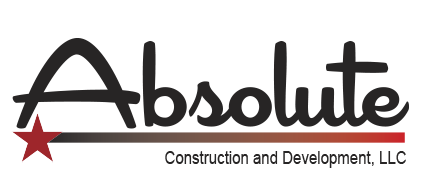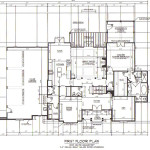When talking to people about building the first question seems to always be “What is your price per square foot?” My response is always that there is so much more than just a price per square foot – what costs are included in that price per square foot, what are the ALLOWANCES, how are change orders handled (are there charges tied to change orders?), what is the relationship with the trade vendors and will they be around when the 1-year punch list is needed, etc.? I’d like to spend a little time on allowances, but will hit the other items in future posts.
The first question to ask a builder is what items will you have allowances on and compare those allowances to other builders’ allowances you are getting quotes from. We like to then have you meet with our vendors to pick out your ideal selections to make sure that what you want fits into the allowance given. We’ve been told that we spend a lot more time with clients up front assuring that the allowances given and factored into the contract price will get them what they are looking for.
The next item to look into is what price are you getting from the vendor. Most suppliers – ie cabinet, countertop, plumbing, lighting companies – have a price for the public and a discounted price for builders. When you go into a showroom you are seeing the retail price, not the builder price. You need to find out from the builder if they are passing their price on to you or not. You will want to compare the invoiced price to the floor price to make sure you are truly getting the builder discount.
Another area to look into is whether or not the general contractor adds on a certain percentage to items that go over the allowance given. For example., if you have $30k for your cabinet/countertop allowance and you end up purchasing at $40k, is there an additional charge added to the $10k that went over the allowance?
Additionally, how are these allowances tracked and how often are you going to be updated on where you stand with your allowance expenses? In this day and age it is reasonable to expect to receive electronic reports and for expenses to be tracked in a true contracting accounting system. If you are going to be receiving spreadsheet reports, you are relying on the contractor to manually enter charges and credits into the spreadsheet and are leaving a lot of room open for error.
To see a sample allowance report that we provide on a bi-monthly basis click Sample Allowance Tracking Reports.
Finally, there should be a process in place where you need to approve any item before it is ordered so you are aware of any charges that are more than your allowance amount. I have heard too many horror stories where people get to the end of the construction of their home and are presented with a large bill from the general contractor detailing items that were ordered that were above their allowance. These items should be brought to your attention prior to ordering and ideally you should be required to sign something acknowledging that it is above the allowance amount.
Bottom line, it can be a very smooth process if you do the research ahead of time to see if the allowances cover what you want in your new home and if you make sure there are processes in place to adequately track the amounts spent along with processes to approve amounts that go over your allowances.
IF YOU WOULD LIKE TO BE UPDATED WITH NEW POSTS PLEASE SUBSCRIBE TO THE RSS FEED – FAR RIGHT ICON IN RIGHT CORNER.




